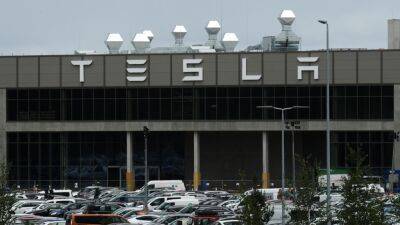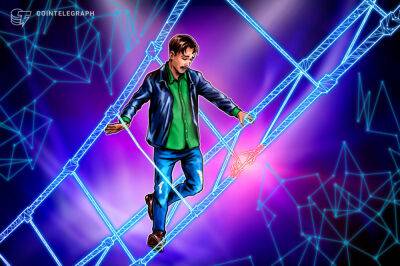Metaverse graphics aim for community and accessibility — Not realism
Some may argue that the Metaverse has been around for years, as demonstrated by early gaming platforms, yet virtual ecosystems are now being embraced by almost every industry. A recent report from consulting firm McKinsey & Company believes that the Metaverse has the potential to generate at least $5 billion in value by 2030. McKinsey also found that investments exceeding $120 billion have been put toward Metaverse platforms this year, indicating that major growth is underway.
While notable, there is still the perception that most metaverse platforms are lacking when it comes to graphic quality. For example, Mark Zuckerberg was recently criticized for posting a selfie in front of the Eiffel Tower within Meta. Although Meta has already invested over $10 billion into building its metaverse, some have pointed out that Meta’s current graphics are lower quality than images that appeared in Second Life in 2007.
Second Life 2007. Metaverse 2022. pic.twitter.com/2JByEzk5eL
Although the mainstream has been quick to criticize graphics associated with various metaverses, industry experts note that image quality is intentional. A spokesperson for Linden Lab — the firm behind Second Life — told Cointelegraph that the content design and aesthetic choices that other metaverses make are usually stylistic:
“For instance, the blocky appearance of some Metaverses builds upon the modeling techniques first seen in Minecraft. This was a deliberate choice to not appear realistic.”
Echoing this, Yat Siu, co-founder and chairman of Animoca Brands, told Cointelegraph that graphical representations depend on the brand and the imagery of the Metaverse in question. “If you look at the visuals of Phantom Galaxies or Life Beyond you can see that the
Read more on cointelegraph.com









![Reasons Maker [MKR] could slip below the $900 level in the next few days - ambcrypto.com](https://finance-news.co/storage/thumbs_400/img/2022/10/20/45633_x7kp6.jpg)










